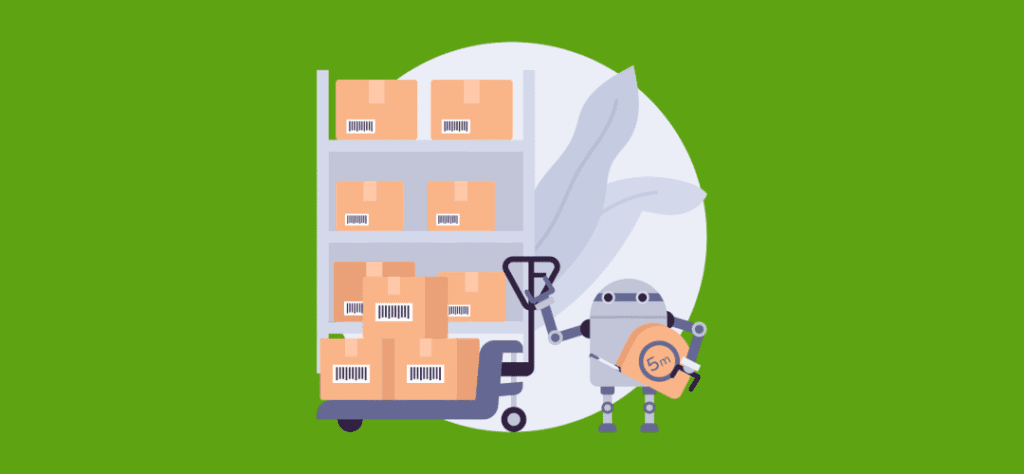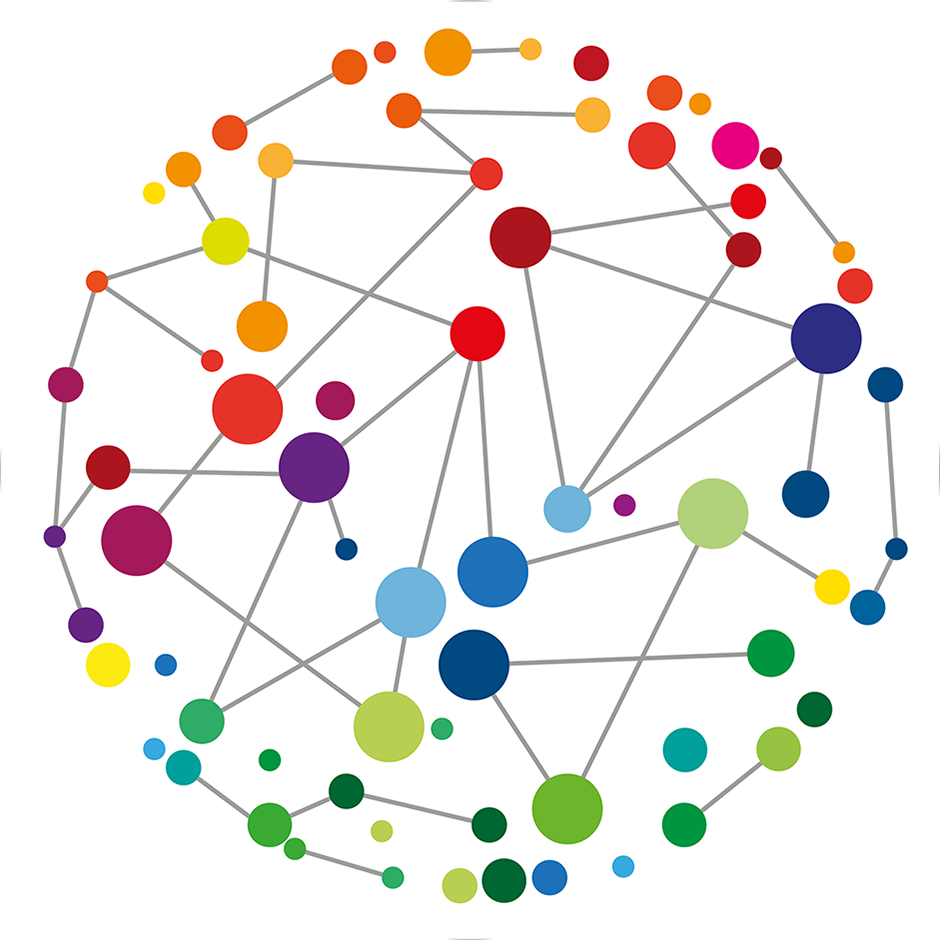When E-commerce Growth Outpaces Your Fulfilment Partner: How to Spot the Signs Early

When E-commerce Growth Outpaces Your Fulfilment Partner: How to Spot the Signs Early
In today’s hypercompetitive e-commerce environment, delivery and fulfilment have become almost as important as the product itself. Nearly 65% of online shoppers have abandoned a purchase due to delivery delays or high shipping costs, a stark reminder that fulfilment bottlenecks directly affect top-line revenue and brand reputation. Meanwhile, many fulfilment operations find their warehouses running at over 90% capacity, intensifying constraints on throughput and flexibility.
As your business scales, your third-party logistics (3PL) partner must scale in tandem. But when your growth trajectory outpaces their operational capability, you start facing hidden costs, frustrated customers, and margin erosion. In short, you risk outgrowing your fulfilment partner.
This article is aimed at e-commerce retailers who are scaling rapidly but at a crossroads, already committed to logistics but uncertain whether their current 3PL can support the next phase. We’ll show you how to identify fulfilment growth issues early by spotting warning signs, quantifying risks, and understanding strategic levers to re-align or replace your fulfilment infrastructure.
Why Growth Outpaces Fulfilment More Often Than You Think
3PLs on the Edge of Capacity
E-commerce is the engine propelling 3PL growth, with 70% of 3PL business now tied to online retail operations. But many providers are already operating under tight margins: nearly 60% of warehouse networks report utilisation above 90%, squeezing flexibility for surges or expansions. In this environment, fulfilling incremental volume often means trade-offs in speed, accuracy, or customer experience.
Hidden Cost of Operational Inefficiencies
One often overlooked statistic: the cost to fulfil an order can consume up to 70% of the order’s average value, once you include storage, labour, picking, packing, and shipping overhead. When margins are lean, even small inefficiencies become symptomatic, and as order volumes grow, those inefficiencies compound.
Customer Expectations Are Accelerating
It’s not just internal strain, customers are demanding ever-faster delivery. 77% of online shoppers expect same-day or two-hour delivery windows. That raises the bar for your fulfilment chain, and any lag or delay from your 3PL will be perceived as your failure, not theirs.
Key Warning Signs That You’re Outgrowing Your Fulfilment Partner
Below are the red flags, early warning signs, that your 3PL may no longer be able to keep pace with your growth. These signals typically precede systemic breakdowns if left unchecked.
Throughput Declines or Flatlines During Growth
If your monthly order volume grows, but the number of orders your 3PL ships doesn’t rise proportionally, that’s a red flag. It often reflects internal constraints: insufficient labour, conflict over picking paths, or limited packing stations.
Increasing Order-to-Ship Cycle Times
You’ll notice that “same-day processing” slips to 24 hours, then 48, as stacking delays and order backlogs mount. This latency accumulates and becomes harder to reverse.
Rising Error Rates or Mis-Picks
When headcount is stretched or layout changes defy re-training, picking and packing mistakes climb. Even a 1–2 % rise in error rate can cost disproportionately in returns, customer support, and brand reputation.
Excessive WISMO (Where Is My Order) Volume
A sudden surge in “where’s my order” inquiries is often the first external symptom customers complain about. They don’t see the internal strain; they just see that their experience is degrading.
Inventory Congestion & Dwell Time Issues
When inventory sits idle longer than anticipated, it reflects poor inbound/outbound synchronicity or staging area bottlenecks. Each idle shelf ties up capital and increases carrying cost.
Difficulty with Peak Spikes or Promotions
Your 3PL must absorb promotional spikes: Black Friday, seasonal promos, flash sales, all without collapse or a significant drop in agreed standards. If your partner needs extended lead times, manual overloads, or significant overtime, it no longer has the agility required for growth-scale impact.
Unplanned Downtime or Equipment Failures
Older or poorly-maintained equipment: conveyors, sorters, robotics, may not withstand extended pressure. If your 3PL lacks redundancy or backup processes, a single breakdown can cascade into major delays.
Poor Visibility, Limited Analytics, or Legacy Systems
If real-time dashboards, performance alerts, or audit trails are weak or non-existent, you’ll struggle to monitor emerging fulfilment growth issues until they become crises.
Quantifying the Risks & Costs
Even while growth feels positive, there’s a downside risk. Ignoring early signs can cost you heavily.
- Lost Revenue & Abandoned Carts
As mentioned above, 65% of shoppers have abandoned carts due to delivery pain. That is direct revenue leakage.
- Higher Returns & Replacements
Rising error rates require re-ships or refunds, eroding margins.
- Customer Churn
Delivery failures impact NPS and repeat-purchase potential.
- Damage to Brand Trust
In a world of social reviews and instant feedback, negative fulfilment experiences can propagate widely.
- Operational Sunk Costs
Retrofitting your contract, rebuilding processes, or migrating to a new 3PL mid-stream will cost time, money, and managerial bandwidth.
You should estimate the “break-even pain point” — i.e. the volume at which your current 3PL’s inefficiencies cost more than transitioning to a higher-capacity partner.
Diagnosing Your Fulfilment Readiness
To stay ahead of outgrowing your fulfilment partner, embed a proactive diagnostic framework. Here’s a four-step approach:
- Benchmark Baseline Metrics
Measure your 3PL’s actual performance: throughput (orders/hour), order-to-ship delay, pick error rate, capacity utilisation, dwell times, and customer support WISMO rates. Use historical data to identify inflection points. - Stress-Test Scenarios
Simulate 20%, 50%, 100% volume increases (or promotion-driven spikes). Does your 3PL have a buffer (labour, equipment, space) to absorb that? If the “stress scenario” fails, that’s your growth ceiling. - Conduct SLA & Penalty Analysis
Review your service-level agreements: Do they include penalties or fine print for delays, mis-picks, or missed SLAs? If the contract lacks teeth, your partner may deprioritise your flows during strain. - Visibility & Alerting Architecture
Ensure your fulfilment partner offers real-time dashboards, alerts on bottlenecks, anomaly detection, and root-cause logging, not simply retrospective reporting.
If any of these diagnostics expose fragility, you’re already in the “outgrowing” zone.
Strategic Paths Forward
Once you’ve identified signs that you’re outgrowing your fulfilment partner, you have three main strategic paths.
Option 1: Upgrade the Existing 3PL
Negotiate capacity uplift, invest in automation, or expand warehousing zones with your current partner. This can preserve continuity and protect operations, but only if your 3PL is willing and capable.
Option 2: Hybrid / Multi-3PL Approach
Divide your volume across two or more 3PLs (e.g. geographic segmentation or promotional vs baseline flows). This adds redundancy, hedges risk, and allows you to learn from multiple operations.
Option 3: Migration to an “Enterprise-Scale” 3PL
When your volume demands exceed what mid-tier providers can support, migrating to a more capable fulfilment network is often the only sustainable option, albeit resource-intensive in transition.
Whatever path you choose, the migration must be phased, low-risk, and orchestrated with careful cutovers.
Pro FS’s Approach: Partnership with Scalability at the Core
At Pro FS, we specialise in scaling e-commerce fulfilment for fast-growth brands. We architect systems that avoid the pitfalls common to many growth-stage businesses.
- We design modular capacity scaling, so clients never hit a hard ceiling.
- We deploy automated fallback logic so volume spikes don’t choke throughput.
- We implement real-time alerting and KPI dashboards to flag emerging fulfilment growth issues before they affect customers.
- We support hybrid fulfilment models to balance risk, optimise cost, and preserve agility.
If you’re seeing any of the warning signs above: flattening throughput, rising delays, surging WISMO volume, we can step in as a stop-gap or long-term solution.
Closing Thoughts & Next Steps
Recognising that you might be outgrowing your fulfilment partner is not a sign of failure but a hallmark of healthy growth. But unchecked, it’s a potential danger zone. By using the warning signs and diagnostics above, you can proactively assess whether your current 3PL remains fit-for-purpose.
Next steps:
- Run a baseline metric audit of your current fulfilment partner.
- Simulate volume stress tests to uncover hidden bottlenecks.
- Engage your 3PL in discussions around capacity expansion or hybrid models.
- Benchmark alternative fulfilment providers before the pain becomes urgent.
Is it time to rethink your fulfilment strategy? At Pro FS, we work with scaling e-commerce brands to turn fulfilment from a constraint into a growth driver. Get in touch today to learn more.


